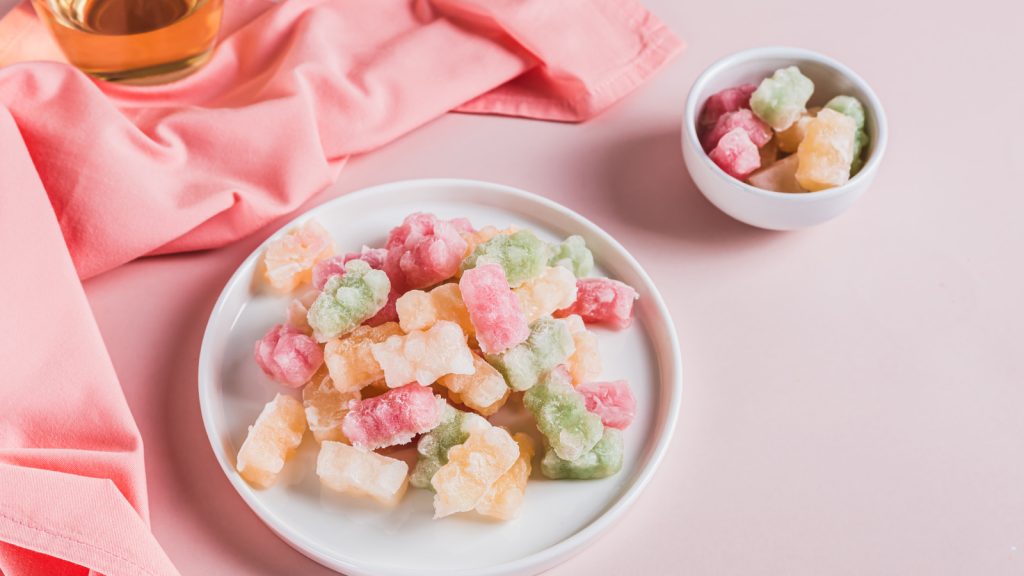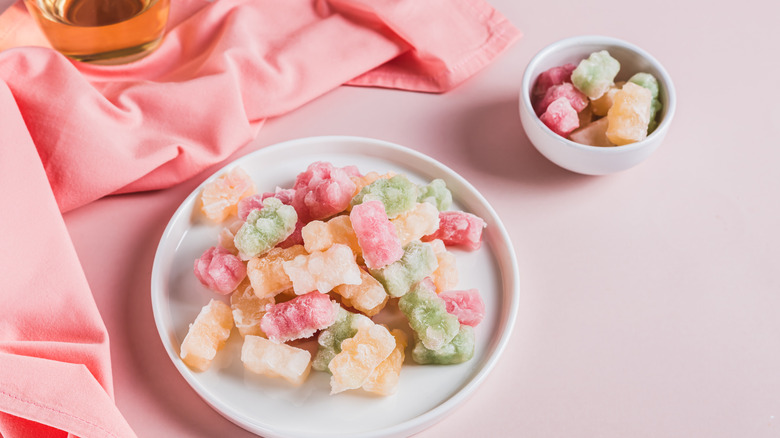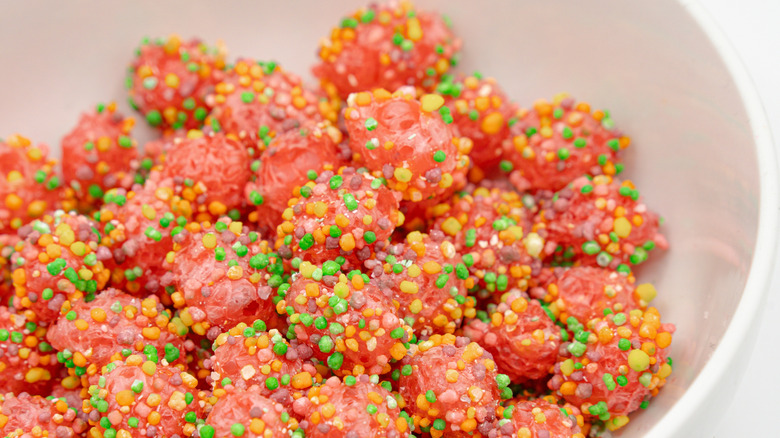
The candy industry has always been one for innovation. Across the globe, there exists just about every kind of flavor and texture of candy one can imagine. From sour sprays and slimes to stretchy taffies and creamy caramels, candy is a playground for our imagination and our sweet tooth. One confectionary trend that had gained significant traction in the past few years is freeze-dried candy. Perhaps you’ve come across videos of people crunching into gummy worms and biting through an aerated Jolly Rancher with ease on your social media and thought, “I’d like to try that.” But, when you look into the costs you may notice freeze-dried candies are a lot more expensive than their normal counterparts. So, what explains this jump in pricing from the exact same candy brand?
Simply put, it’s the extra resources, time, and labor that the added step of freeze-drying requires. The biggest cost that contributes to a higher price tag on freeze-dried candies is the freeze-dryer machine, which can be thousands of dollars. Freeze-drying as a process also takes several hours to several days and must be done in batches to prevent overcrowding the candies. All of this makes freeze-drying much more laborious than the standard production process of your favorite sweets, reasonably resulting in a higher price point.
Is the extra cost worth it?
The technical term for freeze-drying is lyophilization, and it’s a process that removes moisture by freezing it under light pressure and then incorporating heat while to gently and thoroughly evaporate all of the water content. The invention of this process is largely credited to a man named Jacques-Arsene d’Arsonval in 1906, but there are records of Indigenous people — particularly the Aymara people of South America — using freeze-drying as a food preservation technique long before that. In the 1970s, NASA began freeze-drying the food sent into space with astronauts as a way to provide non-perishable, nutritious, and lightweight meals. The Ames Research Center in California was inspired to bring this authentic astronaut experience to its visitors, and in 1973 they set off to make “astronaut ice cream sandwiches” to sell in the gift shop.
Since then, freeze-dried candy has garnered lots of attention on social media for its ASMR-worthy crunch and whimsical appearance. Much like the TikTok viral frozen gummy bears, freeze-dried candy has become a verifiable trend. And, yes, while it is more expensive than regular candy, it’s a novelty item and won’t break your bank to shell out a few extra bucks to try. For example, Target retails a “sharing size” 15.6-ounce bag of Skittles for $4.99 on its website, while the freeze-dried Skittles Pop’d are $6.39 for only 5.5 ounces. Sure, it’s more expensive, but it’s not an excessive price by any means. It could even be argued the sensory element could make less go further when it comes to getting enjoyment out of a sweet treat.










